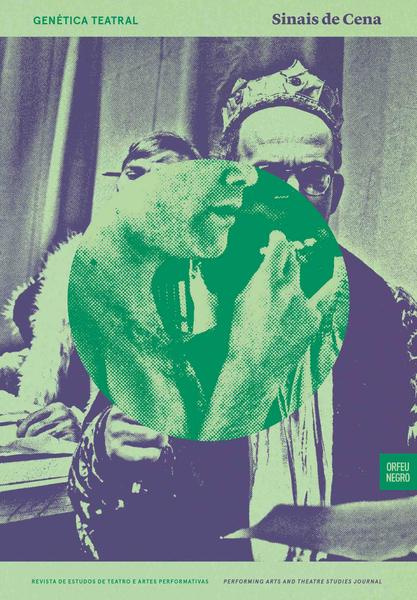Revisitação à orgânica conceptual trabalhada por António Damásio em O Livro da Consciência com aplicação ao comportamento humano em artes performativas
DOI:
https://doi.org/10.51427/cet.sdc.2017.0010Keywords:
Interaction body-brain, Mind, Performer, Spectator, Cartography cabinetAbstract
We know that the relationship between body and brain is established by neurons and their extensions: axons and dendrites. We also know that the complexity of our behaviour is due to this main system of the mind’s functioning. The possibility of looking at the relationship between the structure of the brain and that of the mind and the rest of the body has not always been taken for granted. “Neurons refer to the body”, says Damásio. The emotional manifestations of each of us and the ability to plan and organize tasks coexist in the same brain space, although their actions and effects occur in different areas of the brain mass and, therefore, also maintain a relationship inside this spaciality as a functional difference. The above findings are thus as valid for those who produce artistic performances as for anyone who expects this activity. What does the performer (actor /actress) think and feel while waiting for the performance to begin? What exactly will those who wait for the very beginning of that exact action feel and expect? Do they feel awaited as well? How does one combine and articulate the memory of the creation and construction of a performance? Where can their fears and rejoicing fit, precisely those emotions the other party does not experience in the same way?
Downloads
Downloads
Published
How to Cite
Issue
Section
License
Copyright (c) 2017 Anabela Mendes

This work is licensed under a Creative Commons Attribution-NonCommercial-NoDerivatives 4.0 International License.
Authors who publish in Sinais de Cena will release their contributions under the Creative Commons — Attribution-NonCommercial-NoDerivs 3.0 Portugal — CC BY-NC-ND 3.0 PT: “Licensees may share, copy and distribute the material in any medium or format, under the following terms: 1) You must give appropriate credit, provide a link to the license, and indicate if changes were made. You may do so in any reasonable manner, but not in any way that suggests the licensor endorses you or your use. 2) You may not use the material for commercial purposes. 3) If you remix, transform, or build upon the material, you may not distribute the modified material".











